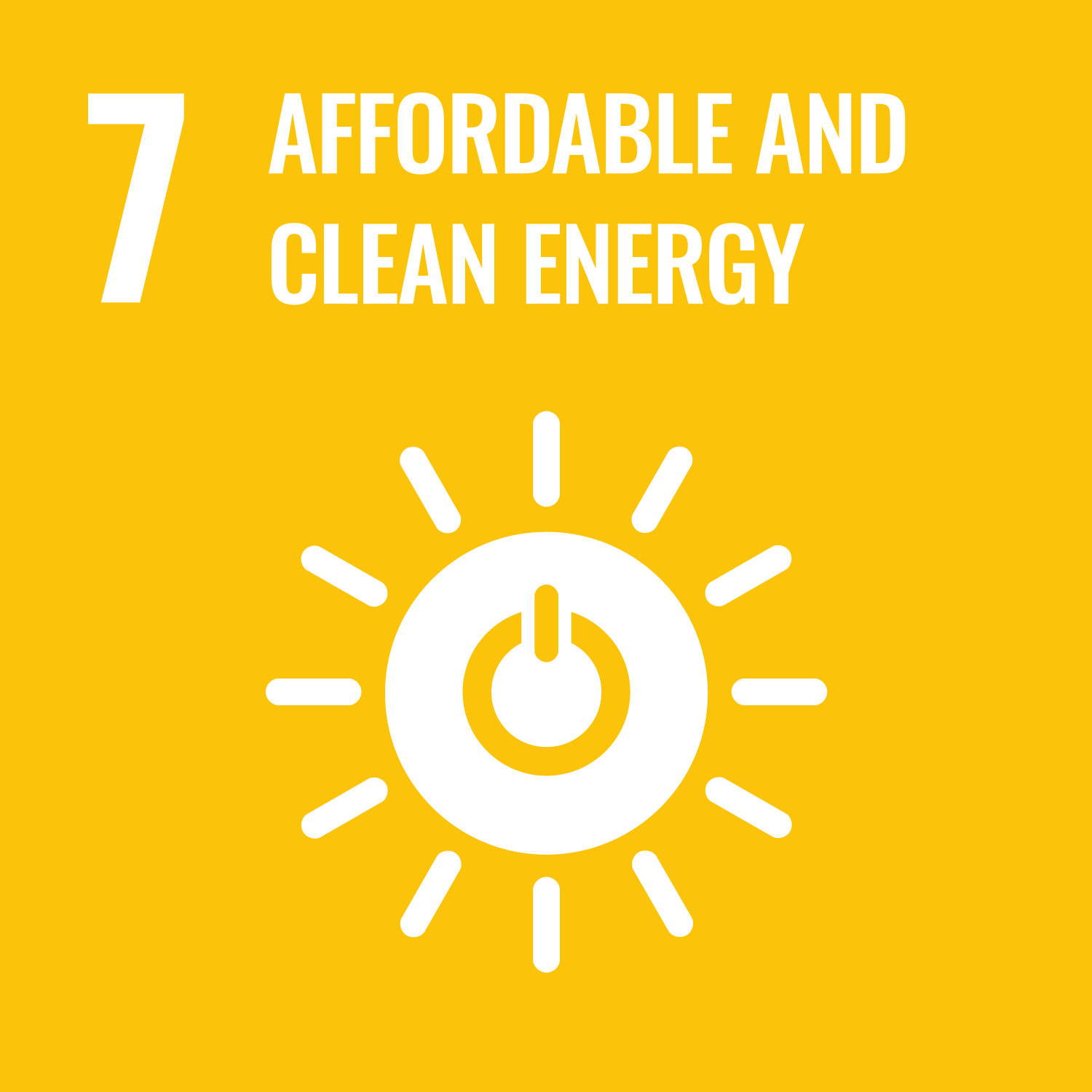Abstract
RATIONALE: Forty percent of households worldwide burn biomass fuels for energy, which may be the most important contributor to household air pollution. OBJECTIVES: To examine the association between household air pollution exposure and chronic obstructive pulmonary disease (COPD) outcomes in 13 resource-poor settings. METHODS: We analyzed data from 12,396 adult participants living in 13 resource-poor, population-based settings. Household air pollution exposure was defined as using biomass materials as the primary fuel source in the home. We used multivariable regressions to assess the relationship between household air pollution exposure and COPD outcomes, evaluated for interactions, and conducted sensitivity analyses to test the robustness of our findings. MEASUREMENTS AND MAIN RESULTS: Average age was 54.9 years (44.2-59.6 yr across settings), 48.5% were women (38.3-54.5%), prevalence of household air pollution exposure was 38% (0.5-99.6%), and 8.8% (1.7-15.5%) had COPD. Participants with household air pollution exposure were 41% more likely to have COPD (adjusted odds ratio, 1.41; 95% confidence interval, 1.18-1.68) than those without the exposure, and 13.5% (6.4-20.6%) of COPD prevalence may be caused by household air pollution exposure, compared with 12.4% caused by cigarette smoking. The association between household air pollution exposure and COPD was stronger in women (1.70; 1.24-2.32) than in men (1.21; 0.92-1.58). CONCLUSIONS: Household air pollution exposure was associated with a higher prevalence of COPD, particularly among women, and it is likely a leading population-attributable risk factor for COPD in resource-poor settings.
DOI Link
Publication Date
2018-03-01
Publication Title
American Journal of Respiratory and Critical Care Medicine
Volume
197
Issue
5
ISSN
1073-449X
Keywords
COPD, air pollution, biomass, indoor/adverse effects
First Page
611
Last Page
620
Recommended Citation
Siddharthan, T., Grigsby, M., Goodman, D., Chowdhury, M., Rubinstein, A., Irazola, V., Gutierrez, L., Miranda, J., Bernabe-Ortiz, A., Alam, D., Kirenga, B., Jones, R., van, G., Wise, R., & Checkley, W. (2018) 'Association between Household Air Pollution Exposure and Chronic Obstructive Pulmonary Disease Outcomes in 13 Low- and Middle-Income Country Settings.', American Journal of Respiratory and Critical Care Medicine, 197(5), pp. 611-620. Available at: 10.1164/rccm.201709-1861OC



